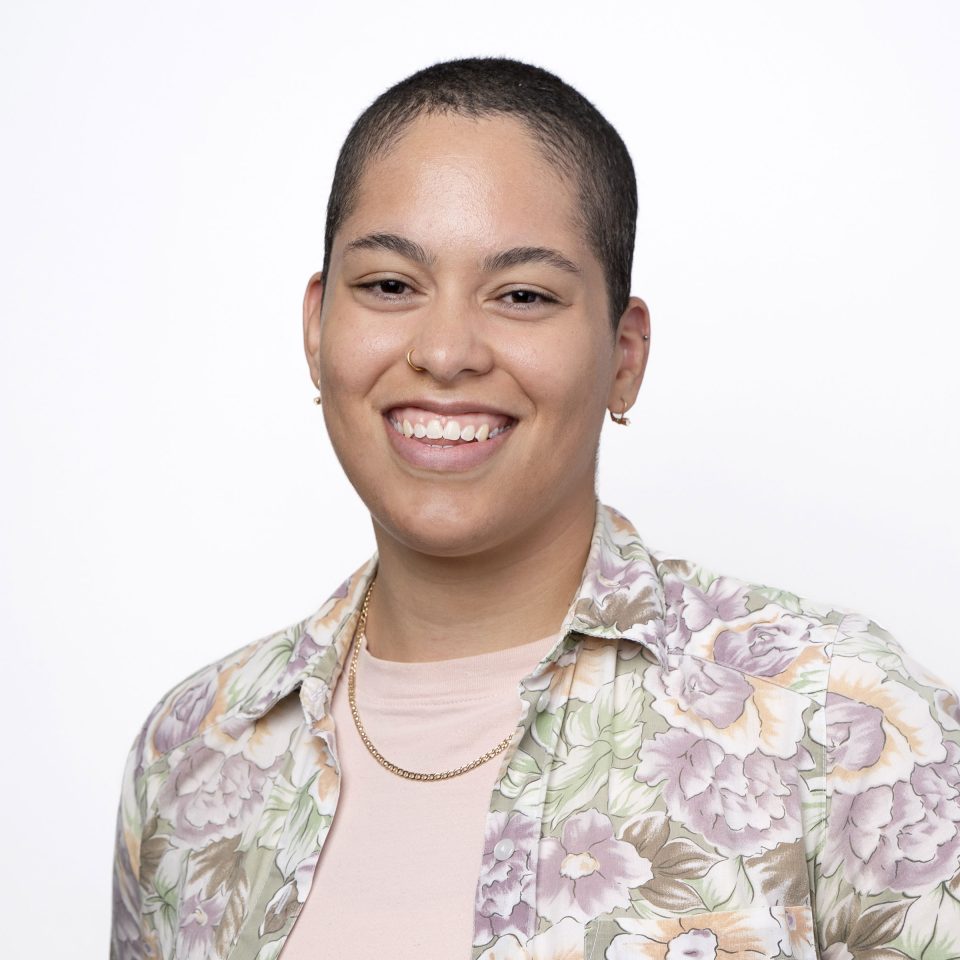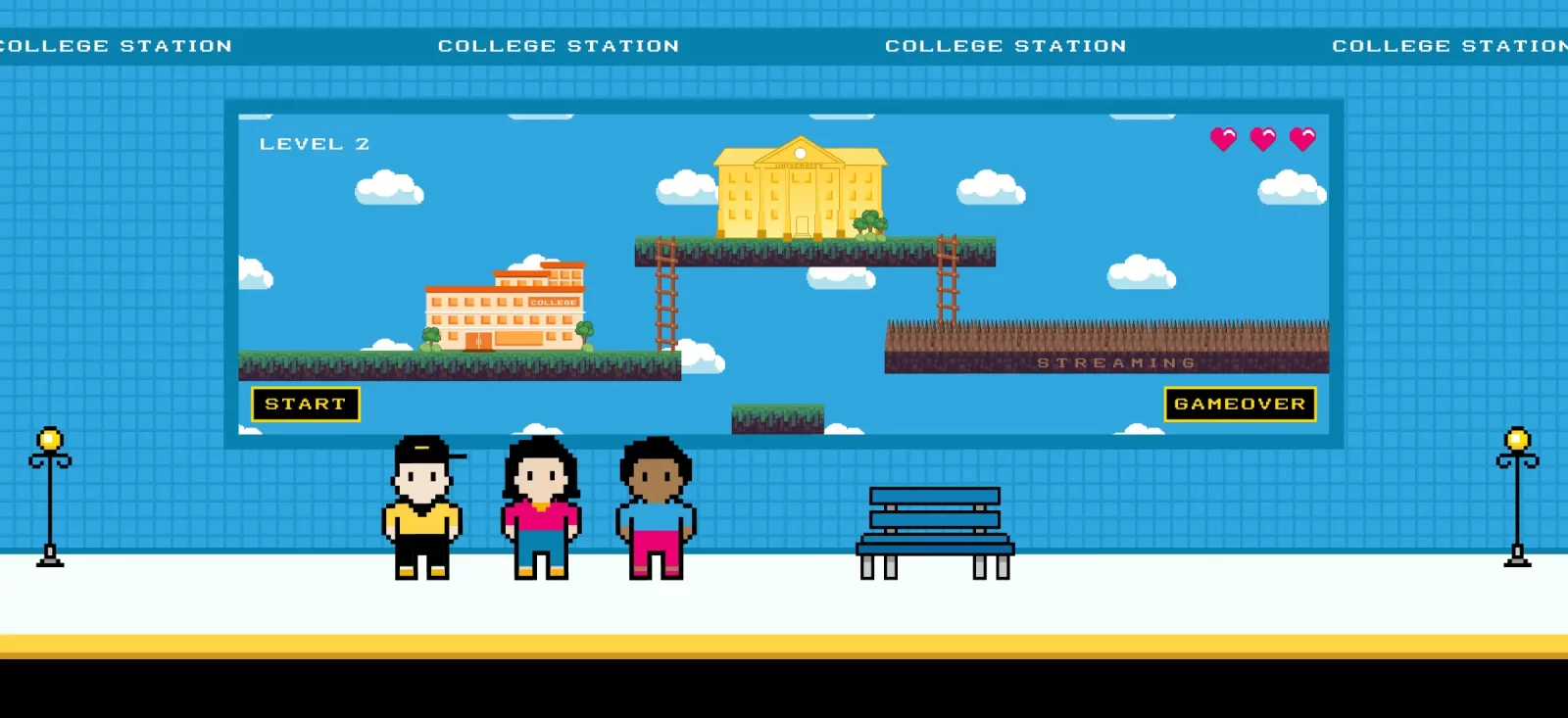Authors

Funded by
Contributors
- Sam Andrey
- Karim Bardeesy
- Graham Dobbs
- Tiffany Kwok
July 2023

1
Henderson, Claire and Ursula McCloy. From Application and Beyond: Tracking Aspirations, Motivations, Experiences, and Outcomes of Ontario’s Transfer Students. Ontario Council on Articulation and Transfer (ONCAT), 2019. https://oncat.ca/sites/default/files/media-files/2016-10_oncat_-from_application_and_beyond-final_report-_2019_revised.pdf.
2
Brown, R.S. and G. Tam. Grade 9 Cohort Post-secondary Pathways, 2011-16. Fact Sheet 3. Toronto: Toronto District School Board, November 2017.
3
Henderson and McCloy, From Application and Beyond.
4
Segedin, Lauren. “Listening to the Student Voice: Understanding the School-related Factors that Limit Student Success.” McGill Journal of Education 47, no. 1 (2012): 93-107. https://mje.mcgill.ca/article/download/8777/6800/0.
5
Follwell, Tianna and Sam Andrey. “How To End Streaming in Ontario Schools.” Ontario 360. https://on360.ca/policy-papers/how-to-end-streaming-in-ontario-schools.
6
People for Education. Roadmaps and Roadblocks: Career and Life Planning, Guidance, and Streaming in Ontario’s Schools. People for Education, 2019. https://peopleforeducation.ca/wp-content/uploads/2019/02/Roadmaps_roadblocks_WEB.pdf.
7
Parekh, Gillian. Structured Pathways: An Exploration of Programs of Study, School-Wide and In-School Programs, as well as Promotion and Transference across Secondary Schools in the Toronto District School Board. Toronto: Toronto District School Board, 2013. https://www.tdsb.on.ca/Portals/research/docs/reports/StructuredPathways.pdf.
8
Boaler, Jo, Dylan Wiliam and Margaret Brown. “Students’ Experiences of Ability Grouping: Disaffection, Polarisation and the Construction of Failure.” British Educational Research Journal 26, no. 5 (2000): 631-648. https://www.jstor.org/stable/1501995.
9
Oakes, Jeannie. Keeping Track: How Schools Structure Inequality. New Haven: Yale University Press, 2005.; People for Education. Annual Report: Ontario’s Schools: The Gap Between Policy and Reality. People for Education, 2015. https://peopleforeducation.ca/wp-content/uploads/2017/10/P4E-Annual-Report-2015.pdf.
Social Planning Toronto. Still Streamed: How High Impact Decisions are Shaping Students’ Futures. Social Planning Toronto, 2017. https://assets.nationbuilder.com/socialplanningtoronto/pages/1728/attachments/original/1541612433/Streaming_Report-September-v1.1-web.pdf?1541612433.
10
Council of Ministers of Education. An Examination of Barriers to Pursuing PSE and Potential Solutions. Canada: Council of Ministers of Education, 2009. https://www.cmec.ca/Publications/Lists/Publications/Attachments/196/EKOS-FINAL-16-03-09-An-exam-of-barriers-EN.pdf.
11
Ontario School Information System for Grade 9 students in 2010-11; graduation determined at five years as of 2014-15; direct post-secondary enrolment as of 2015-16 as reported by Ontario College Application Service and Ontario University Application Centre; Brown and Tam (2017). Grade 9 Cohort Post-secondary Pathways, 2011-16. Fact Sheet 3.
12
Henderson and McCloy, From Application and Beyond.
13
Walters, David, Rob Brown, Gillian Parekh, Dylan Reynolds, and Trisha Einmann. Postsecondary Borrowing Patterns and Graduation among Transfer Students in Ontario: The Role of High School Academic Performance. Toronto: ONCAT, June 11, 2021. https://oncat.ca/sites/default/files/media-files/1_-_postsecondary_borrowing_patterns_and_graduation_among_transfer_students_in_ontario-compressed.pdf.
14
Decock, Henry G. A Case Study Analysis of Ontario CAAT Graduates who Transfer to a University. PhD Diss., University of Toronto, 2006. https://tspace.library.utoronto.ca/bitstream/1807/67416/1/Decock_Henry_G_2006_PhD_thesis.pdf.
Drewes, Torben, Karen Maki, Kris Lew, Michelle Willson, and Kent Stringham. An Analysis of CAAT Transfer Students’ Academic Performance at Trent University. Peterborough: Trent University, 2012. https://oncat.ca/sites/default/files/research/2012-18-FINAL-REPORT-Analysis-CAAT-transfer-students-academic-performance-Trent.pdf.
15
Henderson and McCloy, From Application and Beyond.
16
Ibid.
17
ONCAT. Summary of ONCAT-funded pathways and transfer research. ONCAT, 2013. https://oncat.ca/sites/default/files/inline-images/oncat-research-summary-2013-english.pdf.
18
Gorman, Glen, Connie Phelps, and Robert Carley. Exploring the Success and Challenges of Diploma to Degree Transfer Students. Kitchener: Conestoga College, 2012. https://oncat.ca/en/projects/exploring-successes-and-challenges-diploma-degree-transfers.
19
Finnie, Ross, Michael Dubois, Masashi Miyairi, Steven Tobin, Tony Bonen and Behnoush Amery. How Much Do They Make? New Evidence on the Early Career Earnings of Canadian Post-secondary Education Graduates by Credential and Field of Study. Ottawa: Education Policy Research Initiative and Labour Market Information Council, 2019.
20
Kerr, Angelika, Ursula McCloy, and Shuping Liu.. Forging Pathways: Students who Transfer between Ontario Colleges and Universities. Higher Education Quality Council of Ontario, 2010. https://heqco.ca/pub/issue-paper-no-4-forging-pathways-students-who-transfer-between-ontario-colleges-and-universities.
21
Turcotte, Devon. Factors Affecting Post-Secondary Pathway Choices. Master’s thesis, Royal Roads University, 2018. https://viurrspace.ca/bitstream/handle/10613/6507/Turcotte_royalroads_1313O_10543.pdf?sequence=1.
22
Henderson and McCloy, From Application and Beyond.
23
2021 Census.
24
Statistics Canada. (2019). Socioeconomic Outcomes of Immigrants Attached to Canada as Children, 2019. https://www150.statcan.gc.ca/n1/daily-quotidien/220203/dq220203b-eng.htm?CMP=mstatcan.
25
“An articulation agreement is a contract between two or more institutions of higher learning that allow students who have completed a specific program at one institution to be assigned specific advanced standing credits in a specific program at another institution”. University of Guelph. “Articulation Agreements | Undergraduate Academic Information Centre (UAIC).” Accessed July 7, 2023. https://www.uoguelph.ca/uaic/articulation-agreements.
26
ONCAT, Summary of ONCAT-funded pathways and transfer research.